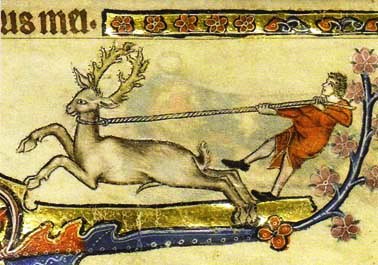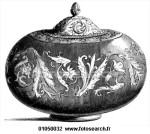Tags
Book of Hours, Bruges, Byzantine art, Fitzwilliam Book of Hours, Fitzwilliam Museum, Gregorian Calendar, intertextualité, motifs, palimpsests, Zodiac

A detail from the Macclesfield Psalter, England, East Anglia, c.1330 MS.1-2005 f.193v (Photo credit: Fitzwilliam Museum)
There is more to say on every subject I have discussed regarding feasts and the seasons. For instance, we haven’t looked at the Fitzwilliam Book of Hours, a sixteenth-century masterpiece, preserved at the University of Cambridge. With respect to the Fitzwilliam Book of Hours (Bruges, 1510), the Folio Society has published a limited number of copies of this extraordinary Franco-Flemish manuscript. In fact, a visit to the Fitzwilliam Museum site will reveal the existence of other illuminated manuscripts.
The Fitzwilliam Book of Hours is particularly interesting in that it represents, among other topics, the agony of Christ in the Garden of Gethsemane, which, as I have noted elsewhere, albeit tentatively, underlies the concept of keeping hours: we keep Vigil. As well, the narrator mentions the incorporation into Books of Hours of pre-Christian elements. Books of Hours are
- a daily Vigil (the Canonical Hours);
- an account of the Seasons (the Solstices and the Equinoxes, marked by feasts);
- an account of the labours of each months;
- a Gregorian calendar showing feasts, dates on which saints are remembered, etc.;
- a compendium of psalms, prayers, chants, etc.;
- a Zodiac calendar also including mythological references predating Christianity;
- etc.
But, perhaps more importantly, Books of Hours also point to oneness in diversity. The degree of darkness and light has been celebrated in most cultures. And if the dragon is menacing to Europeans and friendly in China, it is nevertheless a universal zoomorphic animal. So is the Unicorn.
Moreover, although the degree of darkness and light is a scientific truth and a demonstration of heliocentrism, it is also a cultural marker.
And we have also seen the twofold dimension of time, the vertical and the horizonal: kairos and chronos. To a large extent, our celebrations are a manifestation of the moment (kairos) as opposed to time infinite.
As for the texts we have glimpsed, one of my readers pointed out that they are palimpsests. There is a text underneath the text, and a text underneath the second text, as well as a text underneath the third text. Yet the texts, mostly similar texts, thus unveiled may have originated in one culture.
The story within the story structure reflects a deeper level of intertextualité than can exist between texts. So intertextualité does not happen only between texts, but there are instances of text(s) within texts, or play(s) within the play.
And we also have motifs: the mille-fleurs motif, the Bizantine leaf and grape motif, the Greek key motif, variations on the Celtic eternal or endless knot motif.
In short, there is an abundance of similarities, yet originality and uniqueness remain. Text, graphic art, including anonymous art and decorative art, and music all stem from one mold, the human mind and the human senses, yet there is constant newness and youthfulness to things eternal.
Books of Hours
© Micheline Walker 20 November 2011 WordPress Byzantine leaf motif(please click on the image to enlarge it)


